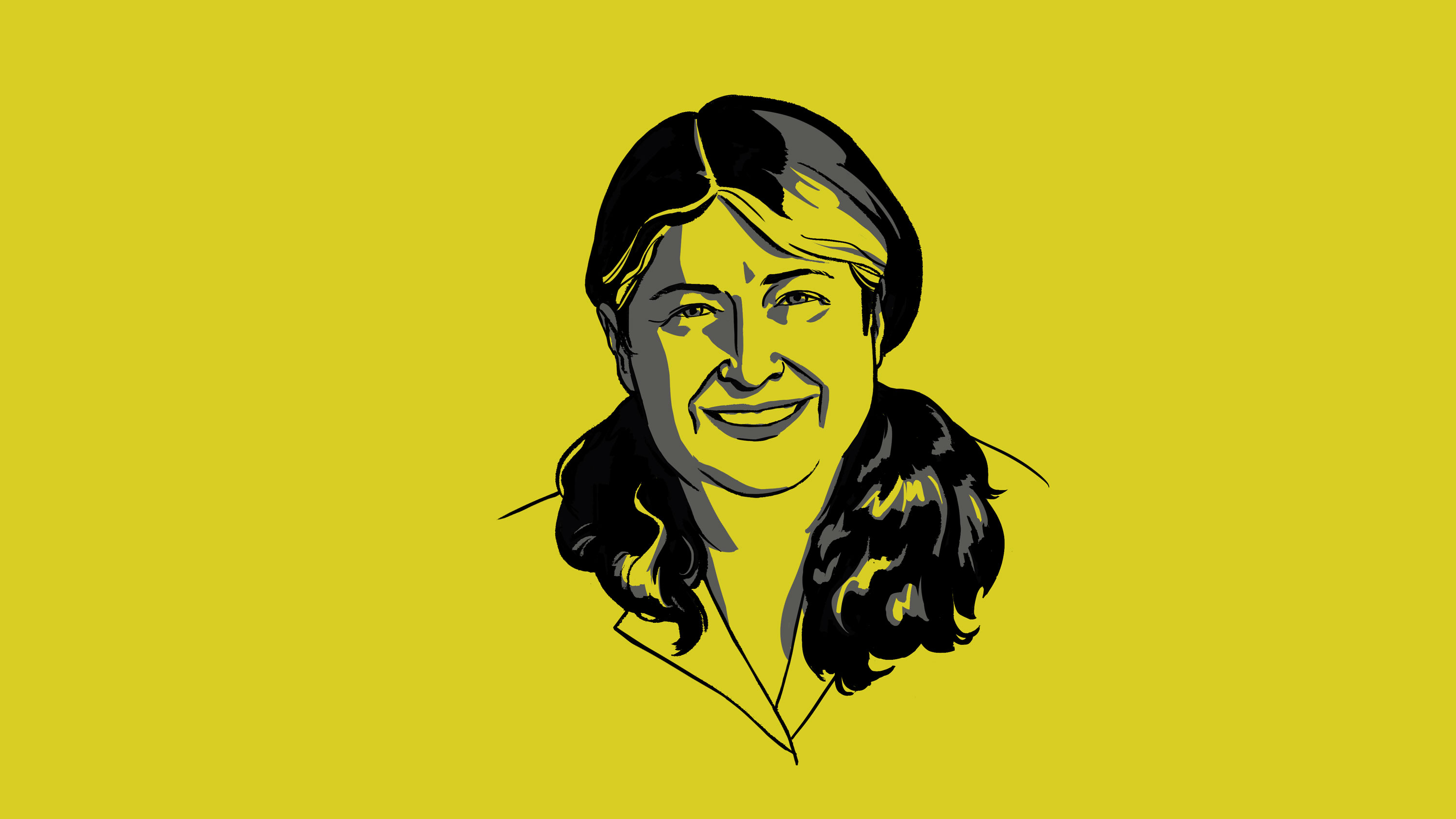Today the idea of computers sharing information over a network seems obvious. But it wasn’t when Radia Perlman arrived at Bolt Beranek and Newman in 1976 with two MIT math degrees and three years’ experience as a researcher at the MIT AI Lab. When she decided to leave grad school, a friend suggested she apply for a job at BBN. Although she had been designing software and hardware to teach children programming at MIT, Perlman was assigned to the group helping create routers and switches for the early internet. (“The only reason that I got into networking was that a friend stopped by,” she confesses.)
Back then, most computers were stand-alone machines. Some early home computers could “dial up” mainframes over phone lines, but they typically ran software that made them act as “dumb terminals”—a mere screen and keyboard for the remote system.
That’s where routers and switches come in. They let computers exchange data in chunks called packets that find their way through the data network like a package moving by truck, rail, or air. Packet routing lets any two computers on the network communicate with each other, no matter how many links in the network the packets must transverse.
Don’t settle for half the story.
Get paywall-free access to technology news for the here and now.
